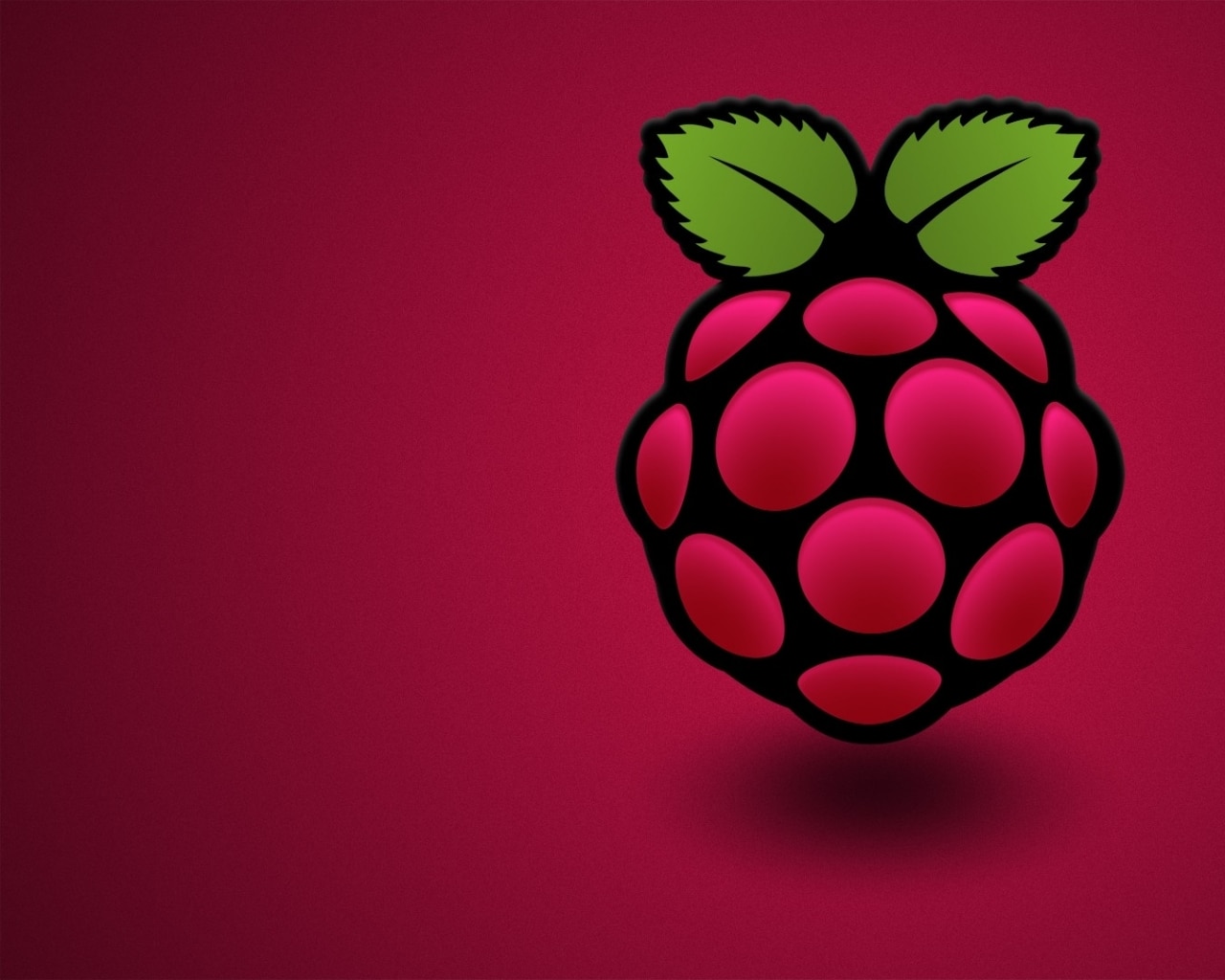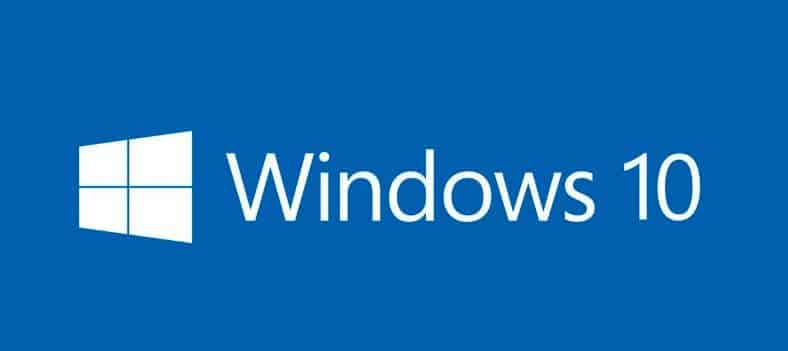
The world of the internet is filled with a clutter of websites that are developed with the help of different programming languages, offering different benefits and drawbacks. With the availability of a plethora of programming languages for the purpose of development of a website, you must choose the one that suits the best to your needs of a website. Before making a choice of the best language, you need to have a basic understanding of all the available web development programming languages used to develop different websites available on the web.
Programming Languages Available for Web Development
PHP
This language can be referred to as the king of the web development world in the category of server side languages. Websites developed with PHP Development India have covered around 75% of all the servers hosting different websites. Many well-known websites are known to have been programmed with this language, like the Wikipedia, WordPress and a part of the Facebook that users are able to see. Being a server-side language, the code written is processed before the display of the final page to the user, where this language is combined with MySQL for database related functions.
MySQL
This is not a programming language, rather an open source and free database server, but it offers a new language that users need to learn, in order to deal with databases. MySQL is a command-line language with some common GUI tools like PHPMyAdmin available for an easy database management.
Javascript
This language is mostly confused with the object-oriented programming language, Java, while this one is the best option for creating interactive pages. Javascript, a scripting language, executes locally on the browser of the user, which allows web pages to respond easily to different elements of the page and timing events. However, Jquery is the framework for this language, which offers a better compatibility with the browser with the need of a lesser code and is gaining standard for modern websites.
Perl
This language has been known to be the best web-programming language in the past, which can process text very fast. With being a common target of hackers, this language isn’t of much use while programming web pages nowadays.
This language has been known to be the best web-programming language in the past, which can process text very fast. With being a common target of hackers, this language isn’t of much use while programming web pages nowadays.
Python
This is a strong-typed full object-oriented language, which is easy and fun to work with, but attracts a few real-world applications only. Python is used mostly by programmers, working for the development of community-driven, open source and Linux projects.
Ruby
Ruby is another web-programming language that is used along with its framework Roby-on-Rails in many websites like Shopify, Groupon and Twitter’s front-end. This language works similar to PHP with some advantages like less repetition of code, speed, and rapid development, but is not supported by most web servers.
ASP.net
Contributed by Microsoft, this language is used in corporate environments only due to its high security, which requires a particular Windows hosting for execution.
If you are looking to create a modern website with an interactive interface, the use of PHP supported by MySQL database is preferred along with the use of jQuery and Javascript for interactivity. However, other languages are also worth investing in some other specific situations.








